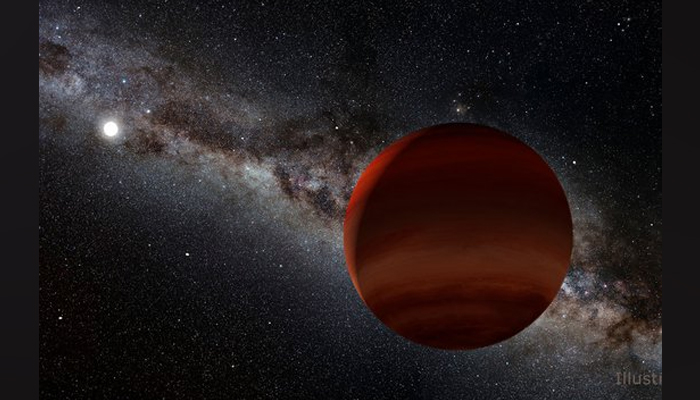Experts explain new phenomena about this exoplanet
This evidence shows how planets could be locked in stars
April 09, 2024

Astronomers in their new study revealed insights about the exoplanet LHS 3844b that resides close to its star Batsũ̀.
The study reported by Science Alert stated that one side of the exoplanet, also known as Kua’kua, is permanently in the darkness while the other side faces its star.
This shows evidence of how planets outside our solar system could be tidally locked in their stars.
However, according to experts, the planet does not host life.
The study, published in the Astrophysical Journal, confirmed what experts have been suspecting for long rendering that it is possible for planets in our Milky Way.
Nicolas Cowan, an astronomer from McGill University in Canada was quoted as saying: "This thing that has been theoretical now feels real. This is actually what these planets look like."
Tidal locking is also witnessed in our solar system as well in which we can only see one side of the Moon from the Earth.
The report stated: "It happens when the gravitational interaction between two bodies causes their rotations to slowly synchronise with their orbit."
While the two bodies are orbiting, the gravitational pull of each distorts both, affecting their rotations in a way that synchronises with their orbit.
Despite new insight into the exoplanet, their observation is difficult directly.









